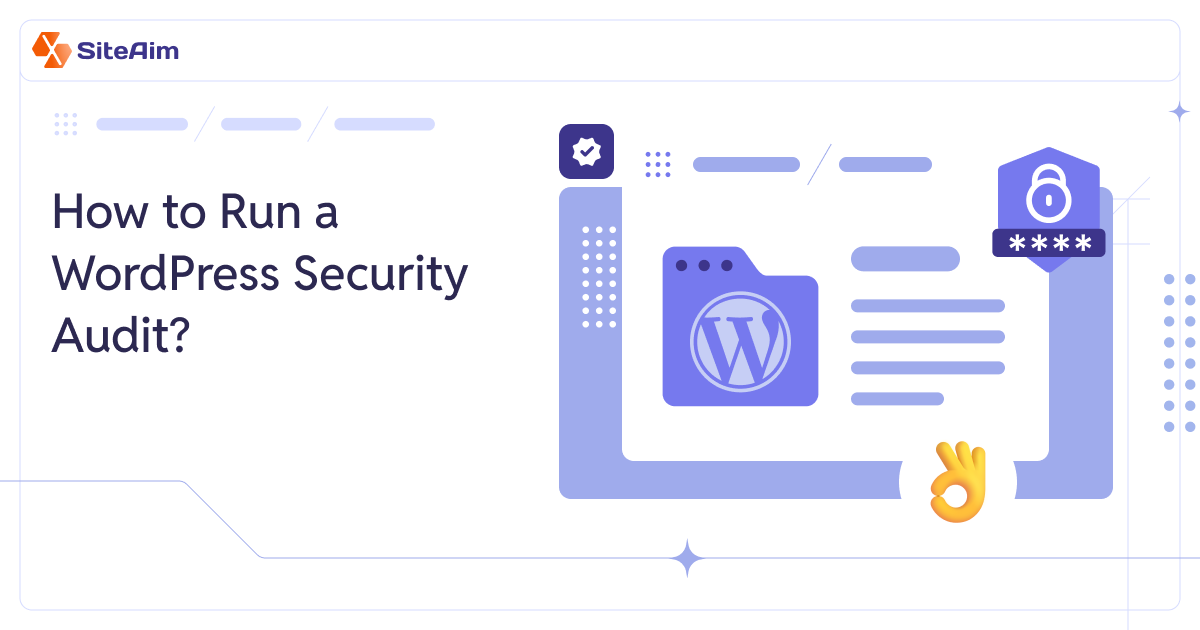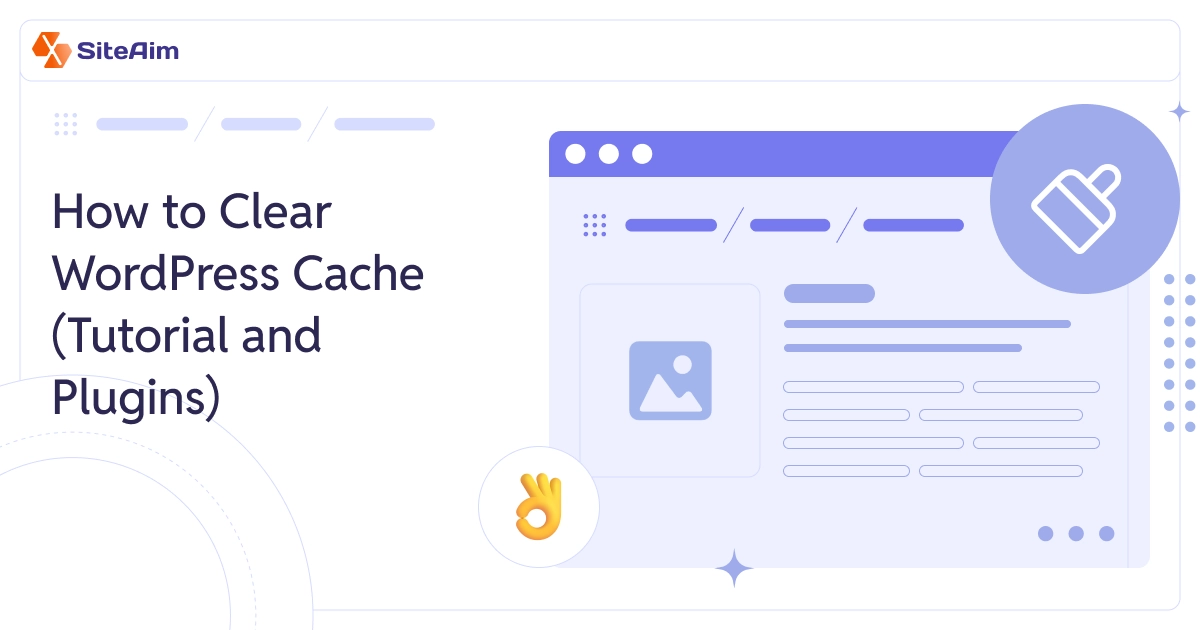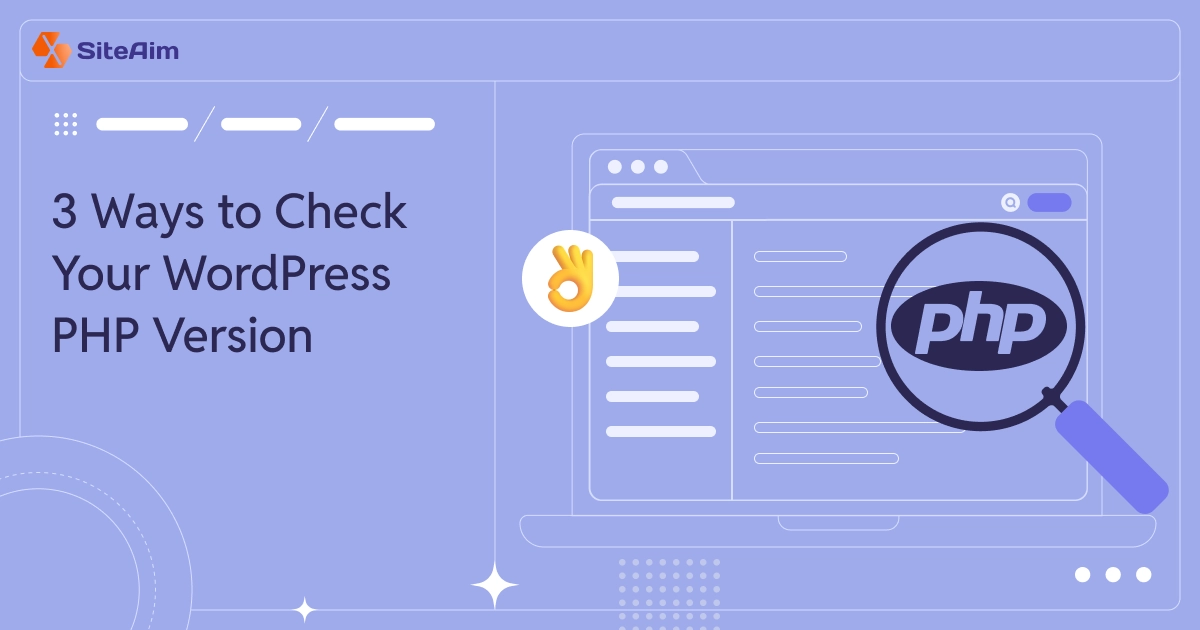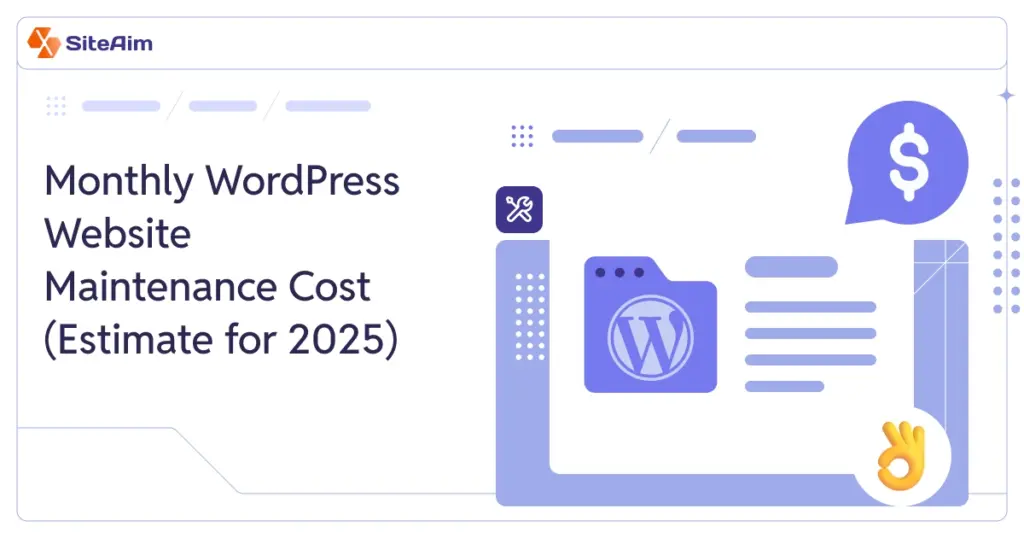
A well-maintained website is important for performance, security, and user experience. Without regular updates and monitoring, even the most well-designed site can become slow, vulnerable to security risks, or incompatible with modern web standards. Understanding the WordPress website maintenance cost helps plan a budget that prevents unexpected issues.
Website maintenance costs aren’t a fixed expense. Whether it's a basic blog, a corporate website, or an e-commerce platform, each has different needs.
Hosting, security patches, software updates, and technical support are just a few of the recurring costs to consider. Overlooking these expenses can lead to downtime, data breaches, or lost revenue.
- Website Site Maintenance Costs: A Quick Breakdown
- 9 Key Factors That Impact WordPress Website Maintenance Costs
- Should You Maintain Your Website Yourself or Hire a Developer?
- How to Keep Website Maintenance Costs Low
- How Often Does a Website Need Maintenance?
- Final Thoughts: The Real WordPress Website Maintenance Cost
- FAQ
This guide provides a breakdown of estimated monthly maintenance costs for different website types. It also compares the cost, benefits, and trade-offs of managing maintenance in-house versus hiring a professional.
Let's start with a quick breakdown of monthly website WordPress maintenance costs.
Website Site Maintenance Costs: A Quick Breakdown
WordPress Website costs can range anywhere from $5 to $5,000 per month, depending on the site's complexity, size, and required level of support. Large-scale platforms like Amazon or Netflix often have higher maintenance expenses due to their vast infrastructure and continuous updates.
Below is an estimated breakdown of the monthly WordPress website maintenance cost based on website type:
| Website Type | Monthly WordPress Website Maintenance Cost |
| Personal Websites | $5 – $25 |
| Professional Blogs | $25 – $75 |
| Small to Medium Business Websites | $35 – $500 |
| Multimedia Entertainment Websites | $300 – $2,500 |
| Corporate Websites | $200 – $4,500 |
| eCommerce Websites | $750 – $5,000 |
For businesses operating in the UK, website maintenance expenses generally fall between £50 and £3,000 per month, depending on the level of service required.
Below is a WordPress website maintenance cost breakdown based on different business needs:
- Small Business Websites (£50 – £150/month)
Includes basic hosting, occasional platform updates, and limited access to a support portal.
- E-commerce Websites (£100 – £300/month)
Involves additional costs due to payment gateways, customer accounts, and the need for frequent updates.
- Custom or Complex Websites (£300 – £3,000+/month)
Requires bespoke hosting environments and ongoing development work to support evolving business needs. Regular updates and dedicated development pipelines contribute to higher ongoing costs.
The exact monthly maintenance service cost of a WordPress website depends on multiple factors, including website size, storage requirements, security needs, and traffic volume.
A personal website typically incurs minimal expenses, while an e-commerce site demands frequent updates, robust security, and dedicated server resources.
9 Key Factors That Impact WordPress Website Maintenance Costs
Many factors influence website maintenance costs, but nine core expenses apply to most WordPress sites. Understanding these costs helps set a realistic budget and avoid unexpected fees.
Let’s go through them one by one.
1. Domain Name
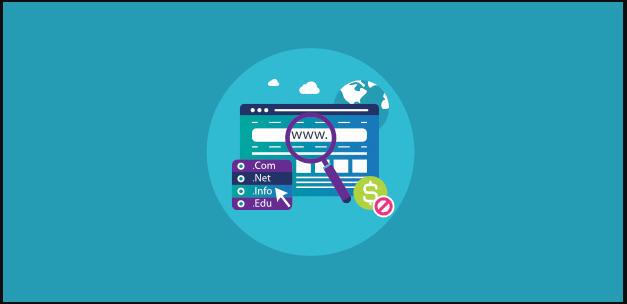
Estimated Cost: $1–100 per year for registration, $10–129 per year for renewal
A domain name is your brand’s online identity. A website simply can’t exist without it. Whether it’s a simple personal blog or a large-scale e-commerce platform, every website requires a domain name that must be renewed annually.
Most domain names fall into three main categories:
- Generic Top-Level Domains (gTLDs): Common extensions like .com, .net, and .org that are available for general use. Pricing depends on demand, with .com being the most popular and often more expensive than alternatives.
- Country Code Top-Level Domains (ccTLDs): Extensions specific to a country, such as .us for the United States or .jp for Japan. These are often used by businesses operating within a specific region.
- Sponsored Top-Level Domains (sTLDs): Restricted extensions meant for specific industries or organizations, such as .edu for educational institutions or .gov for government agencies.
How Much Does a Domain Cost?
The cost of a domain depends on several factors, including its extension and the registrar you choose. Some registrars offer lower registration fees but charge considerably higher renewal prices.
Below is a WordPress website maintenance cost breakdown of different domain extensions:
| TLD | Registration | Renewal | Transfer |
| .co.uk | £11.98 | £17.98 | £0.99 |
| .net | £12.99 | £12.99 | £12.99 |
| .com | £8.99 | £13.99 | £8.99 |
| .info | £24.98 | £41.98 | £17.99 |
| .xyz | £1.99 | £11.99 | £10.99 |
A common mistake many website owners make is focusing only on the registration price without considering the renewal costs. Some registrars attract customers with low initial rates but increase the renewal price after the first year.
Choosing a provider with transparent pricing is very important to avoid unexpected WordPress website maintenance costs.
Additional Costs: Domain Privacy Protection
When registering a domain, your personal details, such as your name, email, and phone number, are stored in the WHOIS database. This information is publicly accessible unless you opt for domain privacy protection, which masks your personal details to prevent spam and potential security threats.
Some hosting providers include domain privacy protection for free, but others charge anywhere from $2 to $20 per year. While this may seem like an extra expense, it's a small price to pay to keep your information secure.
Key Takeaways
- Domain renewal costs are often higher than initial registration fees.
- Multi-year registration or bundled hosting packages can sometimes reduce long-term costs.
- Privacy protection is worth considering to safeguard personal information from being publicly accessible.
2. Web Hosting

Estimated Cost: $2 to $80 per month depending on provider, hosting type, and subscription length
Web hosting is the foundation of every website. It provides the storage, bandwidth, and server resources needed to keep a site running.
While some hosting plans start at just a few dollars a month, others can cost hundreds depending on the features and level of control offered.
Choosing a hosting provider is a long-term decision. Many providers offer attractive discounts for new customers but increase prices upon renewal. Some plans come bundled with additional perks like free SSL certificates or domain registration, while others charge separately for these features.
The right hosting plan depends on factors like website size, expected traffic, and technical expertise.
Types of Web Hosting and Their Costs
1. Shared Hosting
Best suited for small websites like personal blogs, portfolios, or early-stage business sites. It is the most affordable option, usually costing between $2 and $15 per month.
Since multiple websites share the same server, resources like bandwidth and storage are divided among users. This setup helps reduce costs but may lead to slower performance if another site on the server experiences a traffic surge.
2. VPS Hosting
A Virtual Private Server (VPS) offers more power and flexibility than shared hosting. It provides dedicated resources within a shared server, making it a good choice for medium-sized websites.
VPS hosting costs between $20 and $80 per month. Users get more control over server settings, which makes it a suitable option for those with technical experience.
3. Cloud Hosting
Cloud hosting uses a network of servers instead of a single one to ensure high uptime and the ability to handle sudden spikes in traffic. Websites that experience fluctuating demand, such as eCommerce stores or growing businesses, benefit from this type of hosting.
Costs range from $10 to $100 monthly, depending on the provider and usage. Many cloud hosting plans operate on a pay-as-you-go model, where users only pay for the resources they use.
4. Dedicated Hosting
Dedicated hosting provides an entire server exclusively for one website. This results in better performance, security, and control over configurations. It is designed for high-traffic websites and large businesses that need maximum reliability.
Since a dedicated server is not shared, it is also the most expensive option. Prices typically range from $80 to $300 per month. While it offers full control, it requires advanced technical skills to manage effectively.
5. WordPress Hosting
WordPress hosting is specifically optimized for WordPress websites, providing features like one-click installations, automatic updates, and specialized customer support. This option is ideal for bloggers, content creators, and business websites using WordPress.
Prices range from $5 to $50 per month, depending on the hosting provider and included features.
What Affects Web Hosting Costs
The initial cost of hosting a website is just one part of the equation. Renewal rates are often higher than the first-year price, and some providers charge extra for features like security enhancements, backups, or additional storage.
Another cost factor is the length of the subscription. Monthly payments tend to add up to a higher total. While longer-term plans (annual or multi-year subscriptions) often provide better value.
Some hosting plans come with hidden fees. A provider may advertise a low starting price but charge extra for essential services like domain privacy, email hosting, or site migration.
Checking the full pricing breakdown before signing up can prevent unexpected WordPress website maintenance costs.
Key Takeaways
- Hosting costs depend on the type of service, provider, and subscription length.
- Shared hosting is budget-friendly but may lead to slower performance, while dedicated hosting offers maximum power at a higher cost.
- Renewal prices are often higher than introductory rates, making long-term planning important.
- Checking for additional costs like backups, SSL certificates, and domain privacy helps avoid hidden fees.
- Choosing a hosting plan that matches website traffic and business goals ensures long-term stability and cost efficiency.
3. SSL Certificate
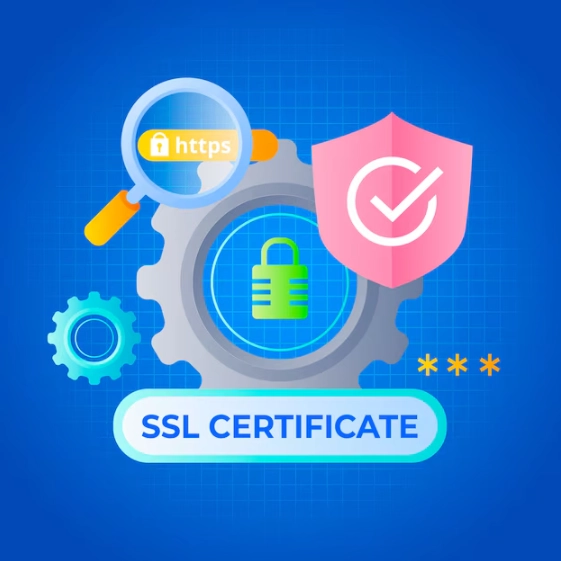
Estimated Cost: $0–60 per year (can go up to $1,000 for advanced options)
An SSL certificate encrypts data transferred between a user’s browser and a website server. The certificate protects sensitive information such as passwords and payment details.
Without it, data remains vulnerable to cyber threats, and browsers may flag the site as unsafe.
How Much Does an SSL Certificate Cost?
The price varies based on the type of SSL certificate and the coverage required:
- Single-Domain SSL: Covers one website, typically costing between $7 and $860 annually.
- Wildcard SSL: Protects a main domain and its subdomains, with prices ranging from $50 to $1,000 per year.
Many hosting providers include a free SSL certificate with their plans, which is a cost-effective option for small websites. However, businesses handling financial transactions or storing user data may require premium SSL certificates for stronger encryption and extended validation.
How to Check If Your Website Has SSL Encryption
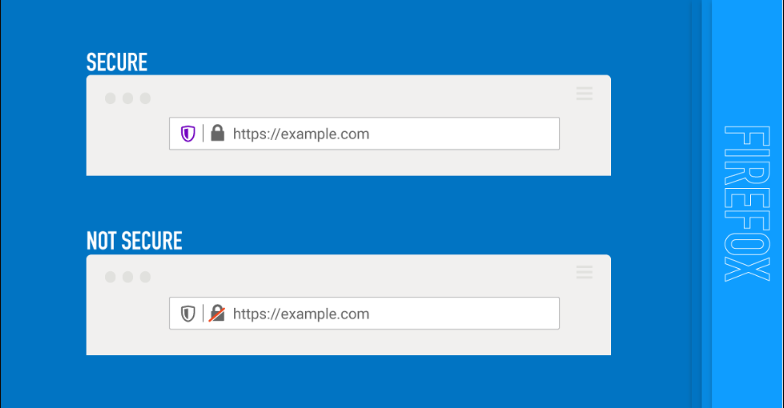
A simple way to verify SSL activation is by checking the browser’s address bar. A padlock icon on the left side indicates an active SSL certificate. Clicking on the padlock reveals certificate details and validity.
Key Takeaways
- Websites without SSL encryption appear unsafe to visitors and search engines.
- Free SSL certificates work for basic security, but premium options offer advanced encryption.
- Wildcard SSLs provide cost savings for businesses managing multiple subdomains.
4. Email Services
Estimated Cost: $1–6 per user/month
A custom email address linked to your domain name reinforces your brand identity and builds trust with customers. Instead of using generic providers like Gmail or Yahoo, businesses can create addresses such as [email protected], making communications look more professional.
What Affects the Cost?
The cost of email hosting depends on the provider, the number of mailboxes, and additional features like storage and security. Google Workspace is a popular option, offering a premium email service at $6 per user/month. Microsoft 365 and Zoho Mail provide similar solutions at competitive rates.
Some web hosting providers include free email hosting in their plans, reducing overall maintenance costs. However, these bundled services may have limitations, such as lower storage capacity or fewer security features.
Key Considerations
- More mailboxes mean higher costs. As a business grows, the need for additional email addresses for different departments or employees can increase expenses.
- Free email services may come with trade-offs. While some hosting providers offer free email, premium services often provide better security, spam protection, and integration with productivity tools.
- Storage and security features vary. Some providers offer advanced spam filtering and encryption, which can impact pricing.
Key Takeaways
- A custom email address improves credibility and brand recognition.
- Bundled email services with hosting plans can save costs but may have limitations.
- Premium providers like Google Workspace and Microsoft 365 offer better security and features but come at a higher cost.
- The number of mailboxes directly affects monthly expenses.
5. Tech Support
Estimated Cost: $2–300 per month
A reliable tech support team can be the difference between a quick fix and hours of frustration when dealing with website crashes, security breaches, or broken features. Even experienced users benefit from expert assistance in resolving issues before they affect traffic and customer trust.
Types of Tech Support Services
Support comes in several forms, each catering to different needs:
- Live Chat: Instant messaging for quick troubleshooting.
- Email Ticketing System: Tracks technical requests via email, providing a detailed history of issues and resolutions.
- Phone Support: Ideal for those who prefer speaking directly with a representative for real-time solutions.
- Knowledge Base: A library of tutorials and guides for users who prefer self-service troubleshooting.
What Influences Tech Support Costs?
Many hosting providers include basic support in their plans, such as live chat and email assistance. This is usually enough for personal blogs and small business websites.
However, larger websites (i.e., e-commerce stores) often require premium support with dedicated agents, faster response times, and hands-on troubleshooting.
Key Takeaways
- Basic support is often bundled with hosting plans, but response times may vary.
- Premium support ensures faster resolutions and personalized assistance, making it ideal for larger businesses.
- The right level of support depends on the complexity of your website and how critical uptime is to your operations.
6. Website Design
Estimated Cost: $0–$17/month for DIY design, $500–$1,000/year for professional maintenance
A website’s design is more than just aesthetics. It shapes the user experience, impacts SEO, and influences visitors' first impressions. Whether you’re running a personal blog or managing an e-commerce platform, having a well-designed site can dramatically boost engagement and conversions.
Also Read: Slow WordPress Site? Discover the Causes & Speed Optimization Tips
Website design costs depend on whether you build the site yourself or hire a professional.
Option 1: Designing the Website Yourself
DIY website design is a cost-effective solution for those comfortable with a hands-on approach. Using a content management system (CMS) like WordPress allows you to choose from over 10,000 free themes or opt for premium themes that cost around $5–$17 per month.
Other DIY options include website builders, which provide pre-designed templates and drag-and-drop customization. Some even offer AI-powered design generators that create layouts based on text descriptions.
This DIY approach works best for small to medium-sized websites (personal blogs or portfolio sites) as it minimizes ongoing maintenance expenses.
Option 2: Hiring a Professional Web Designer
Hiring a professional designer is a better option for businesses that require a unique and highly customized website. Skilled developers use languages like JavaScript and CSS to create tailored designs that align with branding and functionality needs.
Also Read: WordPress Source Code: How to Find & Access It Easily
Many designers offer ongoing WordPress maintenance packages beyond the initial build, which typically cost $500–$1,000 per year. These plans often include software updates, security enhancements, and performance optimizations.
A custom-built website can cost anywhere from $6,000 or more, depending on complexity. This option is ideal for large-scale businesses or high-traffic websites that require a polished and scalable design.
Key Takeaways
- DIY website design is budget-friendly, especially with CMS platforms like WordPress or website builders.
- Premium themes and templates offer better features and customization but come with additional costs.
- Hiring a professional designer ensures a high-quality and unique site but drastically increases costs.
- Website maintenance fees for professional designs typically range from $500 to $1,000 annually.
7. Plugins and Extensions
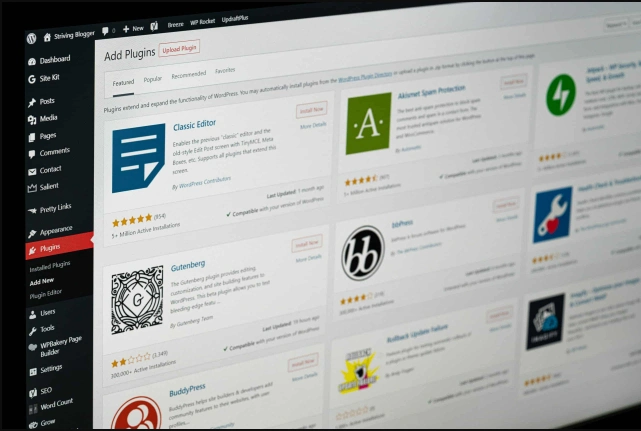
Estimated Cost: $4–49 per month
Plugins enhance a website’s capabilities, adding everything from security features to advanced customization options. The official WordPress plugin library offers over 59,000 choices, ranging from free tools to premium solutions that come with a recurring cost.
While free plugins cover basic needs, premium versions often provide advanced features, better support, and frequent updates.
How Much Do Plugins Cost?
The cost of premium plugins varies widely depending on their purpose. While some are available for as little as $4 per month, others can cost over $600 per year.
Here’s a look at the pricing for common types of plugins:
| Plugin Type | Purpose | Premium Cost |
| Contact Form Plugins | Improve communication by streamlining messages from visitors | $24–$300 per year |
| Page Builders | Add a drag-and-drop interface for easier customization | $20–$350 per year |
| Security Plugins | Protect against malware, brute-force attacks, and unauthorized logins | $50–$600 per year |
Are Premium Plugins Necessary?
Not all premium plugins are essential from day one. Free versions of popular plugins often provide enough features for small websites. Investing in paid versions can improve performance, security, and overall user experience as a website scales.
Other website platforms (e.g., drag-and-drop builders) offer similar extensions. Like WordPress, they provide both free and premium add-ons, and the cost structure depends on the level of customization and functionality required.
Key Takeaways
- Free plugins can cover basic needs, but premium versions offer better security, performance, and support.
- Prices vary widely, ranging from $4 per month for basic tools to $600 per year for advanced security.
- The right mix of plugins depends on the website’s functionality and growth stage.
8. E-commerce Features
Estimated Cost: Starts at $15 per month for small online stores, and increases with scale and complexity.
A standard website doesn’t require e-commerce features. However, if you plan to run an online store, additional tools are necessary to manage payments, inventory, and customer interactions.
The total maintenance cost depends on the platform and the specific features required. A small store selling digital products may need minimal upkeep, while a large retail business requires advanced management tools.
Key eCommerce Features and Their Costs
- E-commerce Platform: Many website builders, such as Shopify or WooCommerce, provide built-in e-commerce capabilities. Some platforms bundle hosting and online store features, with prices starting at $3.79/month (e.g., Hostinger’s website builder).
- Inventory Management: Costs range from free plugins to premium solutions like WP Inventory Manager ($0–149 per license), Zoho Inventory ($0–329/month), and Ordoro ($0–149/month).
- Payment Gateways: Services like PayPal’s Payflow Pro charge $25/month, while others may take a percentage of each sale.
- Additional Tools: Email marketing, customer support, and order management systems can add to the monthly maintenance cost, depending on the level of automation and customization needed.
Cost Considerations
A small business adding eCommerce functionality to an existing site can expect to spend around $15 monthly. However, the WordPress website maintenance cost rises as product listings grow and traffic increases.
High-volume stores often invest in premium analytics, fraud prevention, and multi-channel sales integrations, which further impact costs.
Key Takeaways
- The cost of maintaining e-commerce features varies based on store size and traffic.
- Free and premium options exist for inventory, payment processing, and store management.
- Choosing an eCommerce platform with bundled features can reduce long-term expenses.
- Payment gateway fees can either be a flat monthly cost or a percentage of sales.
9. Marketing and SEO
Estimated Cost: $0–$500 per month
A website without marketing is like a store without signage. Search engines, social media, and email campaigns play an important role in attracting visitors, generating leads, and keeping an audience engaged.
While some basic strategies require little to no investment, scaling efforts often involve premium tools and professional services.
Key Marketing and SEO Strategies
Here’s a breakdown of essential digital marketing approaches and their costs:
- Search Engine Optimization (SEO): Free plugins like Yoast SEO can cover the basics, but premium SEO tools such as Ahrefs ($99–$999/month), Moz ($99–$599/month), and Ubersuggest ($29–$99/month) offer deeper insights.
- Content Marketing: Outsourcing content creation to freelancers or agencies can range from $1 per word for written content to $50–$3,000 per project, depending on complexity.
- Email Marketing: Popular platforms include Mailchimp ($0–$1,510/month) and Constant Contact ($9.99–$300/month). WordPress users can also find free email marketing plugins.
- Social Media Marketing: On average, businesses spend between $6,000 and $10,500 per month on advertising, management tools, and a dedicated social media manager.
How to Budget for Marketing and SEO
Not every website needs an extensive marketing budget. A small blog or startup can start with basic SEO and email marketing. On the other hand, larger businesses may invest in paid ads and outsourced content production. Choosing the right mix depends on business goals, audience size, and available resources.
Key Takeaways
- SEO, content, email, and social media marketing are key to website growth.
- Free and low-cost tools can cover the basics, but premium services provide better results.
- Businesses with higher budgets often invest in paid ads and professional marketing services.
Should You Maintain Your Website Yourself or Hire a Developer?
When it comes to website maintenance, you have two options: handle it yourself or hire a professional. Each approach has its own benefits, challenges, and costs.
Understanding the trade-offs will help you make an informed decision based on your budget, expertise, and long-term goals.
Hiring a Professional
Estimated Cost: $200–$4,500/month
If you want a hassle-free experience, hiring a professional is the way to go. There are two main options:
- WordPress Site Maintenance Providers: These companies provide a team of experts who handle everything from security updates to performance optimization. They offer fixed WordPress monthly maintenance packages that cover software updates, backups, and regular audits.
- Freelance Experts: This is a more budget-friendly option. Freelancers charge hourly, typically $18–$200 per hour. While this can be cost-effective, it also means relying on a single individual instead of a full team.
Pros of Hiring a Professional WordPress Maintenance Service
- Saves time and allows you to focus on running your business.
- Access to experienced professionals who understand website security and performance optimization.
- Regular updates and proactive monitoring prevent potential issues.
Cons of Hiring a Professional
- Higher costs, especially for agencies with comprehensive service packages
- Less hands-on control over website updates and configurations
Maintaining a Website Yourself
Estimated Cost: Under $100/month
If you’re tech-savvy or working with a tight budget, managing your website on your own can be a viable option. Plenty of free online resources can guide you through tasks like software updates, security patches, and regular backups.
For beginners, using a website builder like Wix, Squarespace, or WordPress.com can simplify maintenance. These platforms handle most technical aspects, such as hosting, security, and updates, reducing the workload on your end.
Pros of Self-Maintenance
- Lower costs compared to hiring a professional
- Full control over your website’s configuration and updates
- Opportunity to develop new skills in website management
Cons of Self-Maintenance
- Can be time-consuming, especially for beginners
- Technical errors may lead to security risks if updates and backups are not handled properly.
- Requires ongoing learning to stay up to date with best practices
Which Option Is Right for You?
- Hiring a professional is a smart investment if your website is business-critical and requires regular updates, security audits, and performance monitoring.
- If you run a small personal blog or portfolio site and are comfortable learning the basics, self-maintenance can help you save money.
- If you want a middle-ground solution, consider managed website builders that handle core maintenance tasks for you.
It looks like you’ve already made up your mind about whether to go the DIY route or hire a professional. But you might still be wondering: can you lower WordPress maintenance costs? The good news is, yes!
Let’s go over some practical ways to save the WordPress website maintenance costs.
How to Keep Website Maintenance Costs Low
Running a website doesn’t have to feel like a never-ending expense. With a few smart choices, you can cut costs without sacrificing security or performance.
Here’s how:
1. Pick a Hosting Plan That Matches Your Needs
Many businesses overpay for hosting they don’t fully use. If your website isn’t heavy on traffic, consider downgrading to a more affordable plan.
On the flip side, if you're scaling up, switching to a managed hosting provider can reduce maintenance headaches in the long run.
2. Skip Unnecessary Paid Plugins
Not every tool needs a premium subscription. Many plugins and services offer free versions that cover the essentials. Before upgrading, ask yourself if the extra features are worth the price.
3. Automate Updates and Backups
Updating your site manually takes time and effort. Enable automatic updates and backups to avoid hiring extra help or dealing with downtime after an issue.
4. Optimize Before Upgrading
A slow website doesn’t always mean you need pricier hosting. Sometimes, large images, excessive plugins, or bloated code are to blame. Regularly clean up your site to keep it running smoothly without jumping to a bigger plan.
5. Cut Unused Subscriptions
Check your billing statements. If you're paying for tools, themes, or services you rarely use, cancel them. Many businesses forget about small monthly charges that add up over time.
6. Look for Bundled Services
Some hosting providers offer free SSL certificates, backups, and security features. Choosing an all-in-one package can save money compared to paying for these separately.
7. Prevent Problems Instead of Fixing Them
Fixing a broken website is far more expensive than maintaining a healthy one. Regular security checks, performance monitoring, and simple upkeep can prevent costly issues down the road.
How Often Does a Website Need Maintenance?
There’s no universal schedule for website maintenance. The frequency depends on the type of task. Some require attention once a year, while others need ongoing monitoring to keep a website running efficiently.
- Annual Tasks: Domain renewal and hosting plan updates fall under yearly maintenance. Missing these deadlines can result in downtime or even losing your domain.
- Quarterly Tasks: SEO audits, performance reviews, and content updates should be done every few months to keep the site competitive and relevant.
- Monthly Tasks: Regular updates to WordPress core, plugins, and themes help prevent security vulnerabilities and ensure compatibility with new features.
Creating a structured website maintenance checklist helps keep track of necessary updates. Ignoring routine maintenance can lead to slow performance, broken features, and security risks. A well-maintained website runs smoothly and also improves user experience and search rankings.
Hiring the best WordPress maintenance services can be a worthwhile investment for those unfamiliar with the technical side. A team of experts can handle backups, security patches, troubleshooting, and other critical updates. Confiding in professional help reduces the risk of unexpected issues.
Final Thoughts: The Real WordPress Website Maintenance Cost
Many WordPress site owners fall into the trap of seeing maintenance as just another monthly bill. However, the truth is different.
Website maintenance is risk management. A site that isn’t regularly updated, backed up, and secured can cost far more in lost traffic, downtime, and emergency fixes than a well-maintained one.
That’s why smart businesses don’t just look at costs. They look at value. Investing in proactive WordPress maintenance means your site stays fast, secure, and optimized. And you get enough time to focus on growth instead of troubleshooting issues.
If managing updates, security patches, and performance optimization feels overwhelming, SiteAim is the way to go. We offer expert-led maintenance services designed to keep your WordPress site running smoothly. And we don’t even ask for hidden fees or do unnecessary upsells. Here’s a breakdown of our pricing:
- One-Time Fixes: If you only need occasional fixes, a one-off job costs $33 per issue.
- Basic Maintenance: The Basic Plan costs $45/month or $450/year (saving $90 annually).
- Advanced Support: The Pro Plan costs $84/month or $840/year (saving $168 annually).
- Comprehensive Maintenance: The Premium Plan costs $187/month or $1,870/year (saving $374 annually).
If you need long-term maintenance, opting for an annual plan saves you two months' worth of costs compared to monthly payments.
Intrigued? Let SiteAim handle the upkeep while you focus on scaling your business.
FAQ
1. How much does monthly website maintenance cost?
The cost depends on the site's complexity and required services. Basic maintenance starts at $5–$50 per month, while larger sites may cost hundreds or even thousands.
2. How much does a WordPress site cost per year?
A WordPress website can cost anywhere from $60 to $5,000+ per year, covering hosting, domain renewal, security, and premium plugins or themes.
3. What is included in website maintenance?
Maintenance covers updates, security monitoring, backups, fixing broken links, and optimizing site performance to keep it running smoothly and securely.
4. Why are websites so costly to maintain?
Websites need continuous updates, security patches, and performance optimization to function properly. The more features and security a site requires, the higher the costs.

